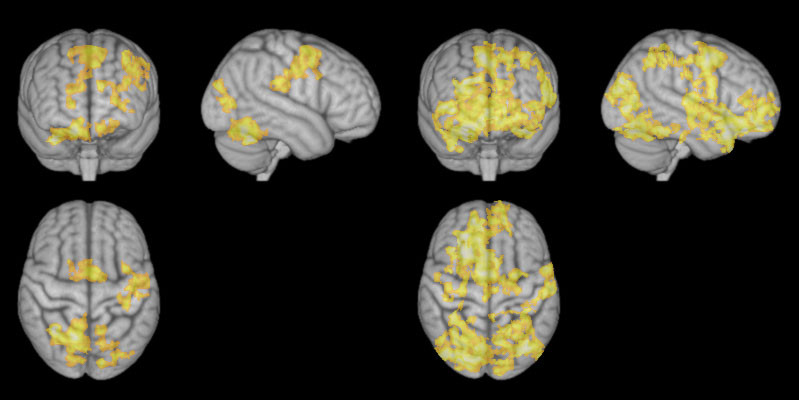
Meditation, especially mindfulness meditation is all the rage at the moment. Proponents (myself included) have found that the practice is extremely beneficial in calming the mind, clarifying thoughts and honing attention. In addition, neuroimaging has shown how it enhances neuroplasticity. But what is actually happening in a meditating brain? And is there a difference between all the various types of meditative practice on offer?
This is an area currently being investigated by a number of people around the world. Now, the findings from a joint study from the Norwegian University of Science and Technology and the University of Sydney suggest at least the beginnings of a more definitive answer.
What the new study showed was that unfocused meditation (that allows mind wandering), led to increased brain activity in the area of the brain associated with processing self-related thoughts and processes, compared to when the subject was at rest or engaged in focused meditation. In other words subjects were able to process memory and emotion more freely with unfocused than with focused meditation.
Photo credit: The left images show the brain during concentrative meditation, while images to the right show the brain during nondirective meditation.
Credit: NTNU

